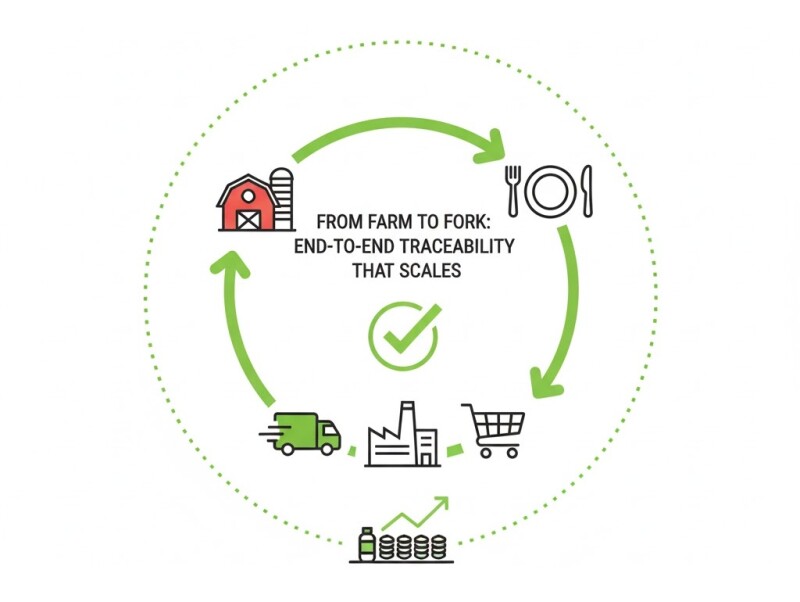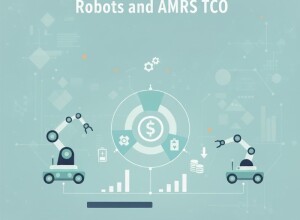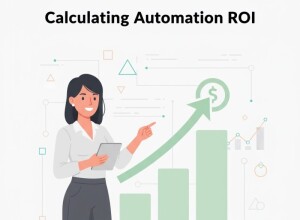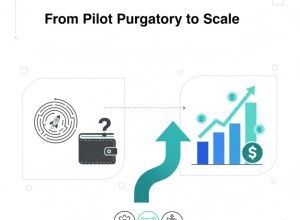From Farm to Fork: End-to-End Traceability That Scales
Traceability is the foundation of modern food safety. From raw materials to packaged goods, consumers and regulators demand a clear digital record of every ingredient’s origin, journey, and transformation.
Building a Connected Traceability Chain
- ERP to MES integration: Ensures material genealogy from supplier to finished product.
- Barcode and RFID tagging: Tracks batches through storage, mixing, and packaging.
- IoT sensors: Monitor temperature, humidity, and transport conditions in real time.
Data Standards and Compliance
Using GS1 standards and OPC UA data models enables interoperability between suppliers, co-packers, and retailers — creating a unified “digital thread” from farm to fork.
Case Example: Dairy Supply Network
A dairy cooperative linked 30 suppliers via MQTT-based UNS architecture. When one batch exceeded temperature limits, affected products were traced and recalled within 12 minutes.
Best Practices
- Adopt a common UNS topic taxonomy for all plants.
- Combine edge data capture with cloud analytics for fast alerts.
- Provide digital trace certificates for every outbound shipment.
Related Articles
- Allergen Control with Sensors and Software
- Digital HACCP: Turning Compliance into a Dashboard
- Clean-in-Place Automation: Saving Water and Energy
Conclusion
End-to-end traceability builds trust — and resilience. When every data point along the food chain is connected, safety and sustainability scale together.









































Interested? Submit your enquiry using the form below:
Only available for registered users. Sign In to your account or register here.